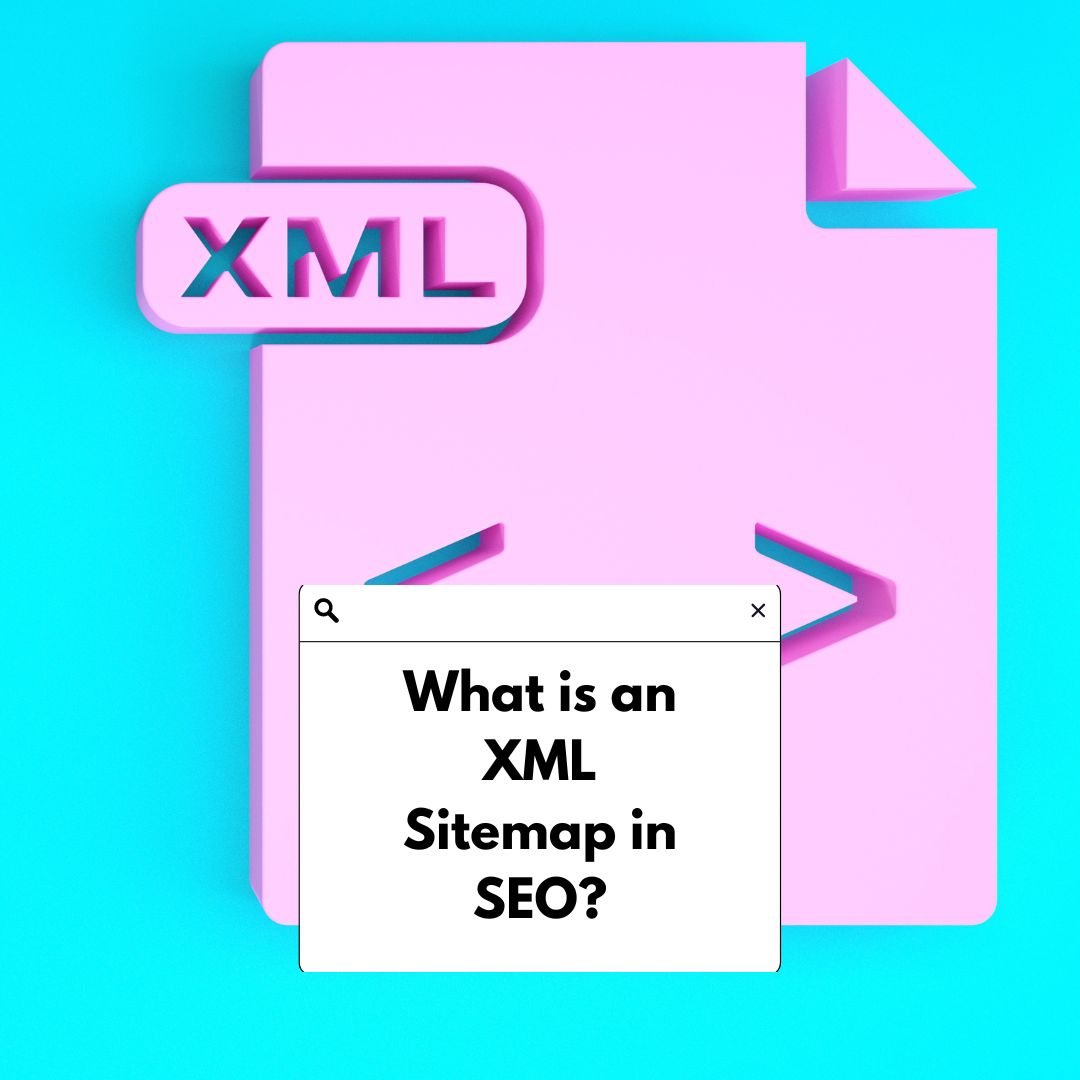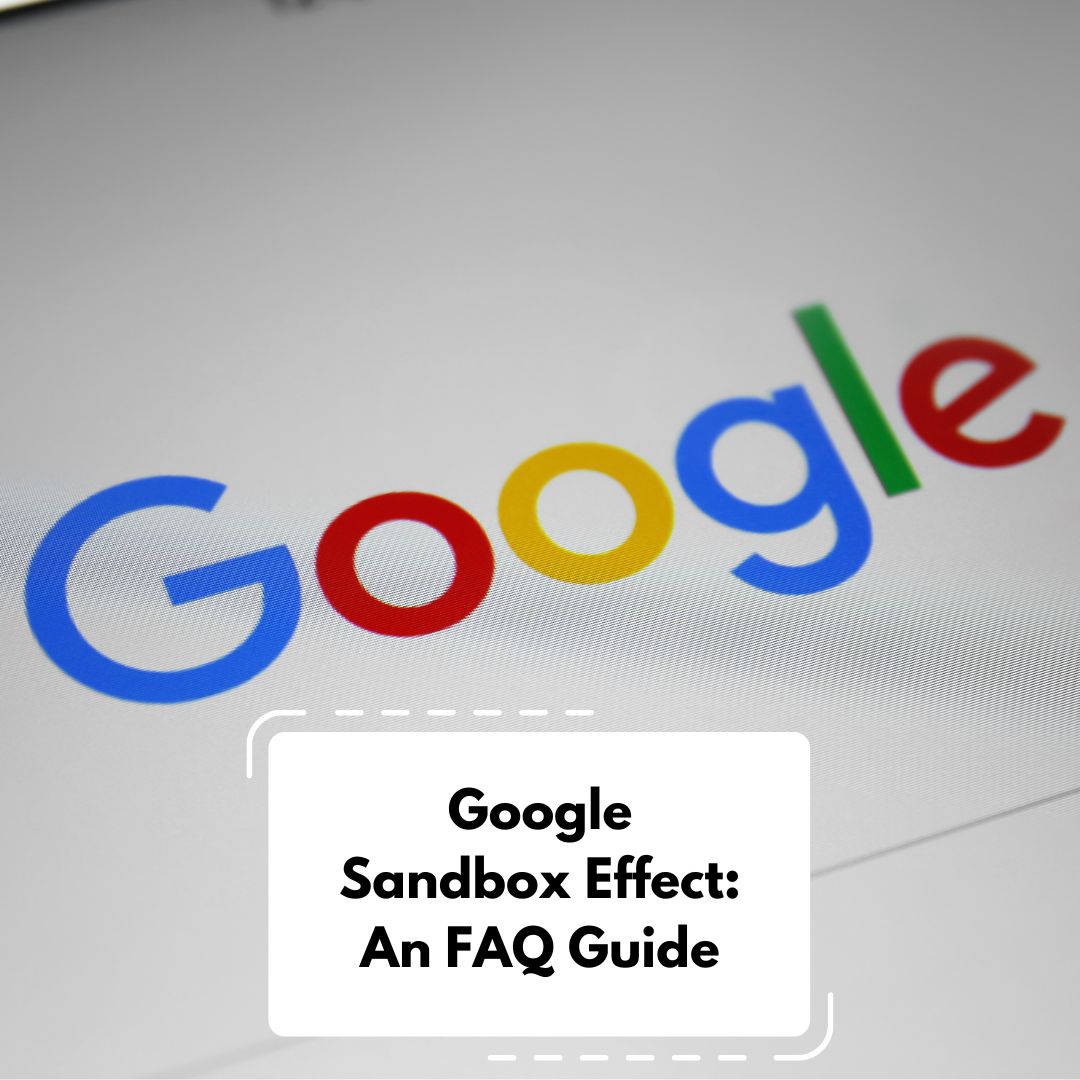What is the Google Sandbox? The term "Google Sandbox" refers to a speculated phase where…

What is an XML Sitemap in SEO?
What is an XML Sitemap in SEO?
Introduction
The XML sitemap plays a crucial role, often likened to a roadmap for search engines. It’s a fundamental component that guides them through your website’s content, ensuring that each page gets noticed. Let’s explore what an XML sitemap is, its importance in SEO, and best practices for creating and managing one.
Understanding XML Sitemaps
An XML (Extensible Markup Language) sitemap is essentially a structured document that assists search engines in understanding and navigating your website. It lists all the URLs on your site, sometimes including additional metadata about each page, such as the last update, its relative importance, and how often it changes.
Why Are XML Sitemaps Important?
- Guiding Search Engine Crawlers: They help search engines discover all pages on your site, especially those not easily found during routine crawls.
- Content Prioritization: By providing metadata, search engines can prioritize the crawling of updated or important pages.
- Aiding Newer Websites: For sites with minimal external backlinks, XML sitemaps can be a direct path to discovery and indexing by search engines.
Creating an XML Sitemap
- Use Sitemap Generators: Tools like Screaming Frog, Yoast SEO (for WordPress), and XML-sitemaps.com can generate a sitemap automatically.
- Customization: Exclude pages you don’t want to be indexed, such as private or duplicate content.
- Validation and Submission: Ensure your sitemap adheres to the correct format using online validators. Then, submit it through webmaster tools like Google Search Console.
Tips for Effective Sitemap Management
- Regular Updates: Keep your sitemap reflective of any changes on your website.
- Organize Large Sitemaps: For websites with numerous pages, consider creating multiple sitemaps organized by category.
- Monitoring: Use tools like Google Search Console to monitor your sitemap for crawl errors or issues.
Advanced Sitemap Insights
- XML sitemaps can expedite the indexing of new content. Updating your sitemap signals Google about new content, potentially speeding up indexing.
- File Size and URL Limitations: Keep your XML sitemap under 50 MB and 50,000 URLs. If exceeded, use multiple sitemaps.
- Include Only Canonical URLs: Avoid including duplicate content by only adding canonical URLs to your sitemap.
- Quality Over Quantity: Focus on including high-quality pages to maintain the overall site quality in the eyes of search engines.
Best Practices for XML Sitemaps
- Encoding: Ensure your sitemap is UTF-8 encoded for search engines to read it properly.
- Multiple Sitemaps: For large sites, segment your sitemaps by content type or language and use a sitemap index file.
- The
<lastmod>Tag: This is crucial for signalling search engines about content updates. Make sure this tag is accurately used. - Status of URLs: Include only live, indexable, and self-canonicalized URLs. Search engines might ignore your sitemap if it contains too many errors or redirects.
- Regular Checks: Search engines like Google and Bing may check your XML sitemap daily for updates, so keeping it current is vital.
HTML vs XML Sitemap
While XML sitemaps are designed for search engines, HTML sitemaps are meant for users. Both types are recommended as they serve different purposes. An HTML sitemap enhances user navigation, while an XML sitemap ensures that search engines can crawl and index your site effectively.
Conclusion
An XML sitemap is an indispensable tool in SEO, serving as a beacon for search engines to effectively discover, crawl, and index the pages of your website. By understanding its significance, creating a well-structured sitemap, and adhering to best practices, you can greatly enhance your website’s visibility and search engine ranking. Whether you’re a seasoned SEO professional or a newcomer, optimising your XML sitemap is a step you cannot afford to overlook in your SEO strategy. Want to know more about SEO in general? Click here to contact us now.



